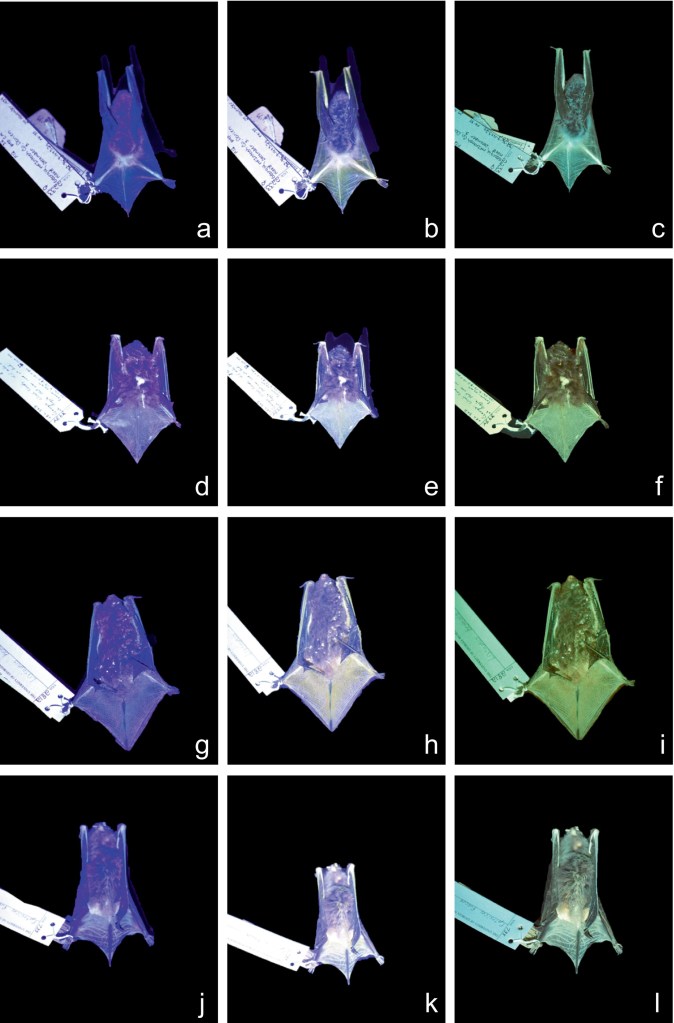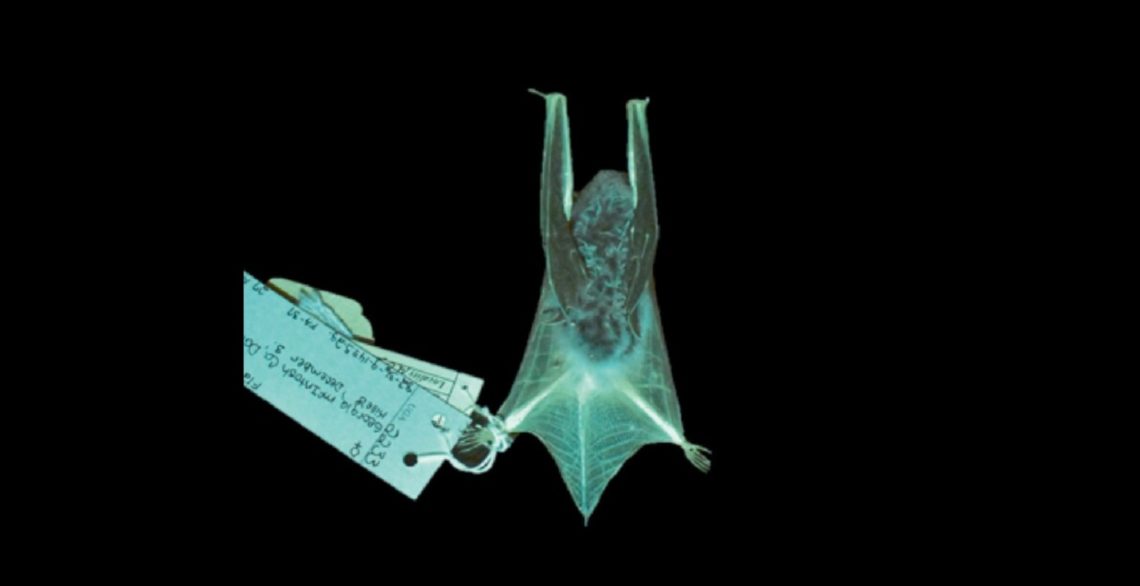A team of researchers from the University of Georgia, who published their findings in the journal Ecology & Evolution, found that some North American bat species can actually glow under ultraviolet light. Why? That part’s still a mystery.
Researchers examined 60 museum specimens from six species and found that each specimen emitted a greenish glow when exposed to UV light. All of the bats glowed the same color and in the same spots: their wings, hind legs, and that stretchy bit between them.
This is weirdly uniform behavior for nature, which usually loves mixing things up across species, especially when it comes to more showy, eccentric traits reserved for impressing mates or intimidating rivals.
Since these glowing zones on bats don’t seem to vary by species, sex, or age, scientists think the glow isn’t for social signaling at all, but rather… Well, they have no idea. But they do have some theories!

Several North American Bats Can Glow in the Dark—Here’s (Maybe) Why
According to wildlife biologist Steven Castleberry, one of the study’s authors, the answer might be as simple as a lingering evolutionary vestige. Think of something like the tail bones we humans have as a remnant of when our extremely ancient ancestors had tails.
The glow could be an ancient biological trait that once served a purpose but now hangs around, not really useful to anyone, and acts more like a cool factoid than a valuable trait from back in ancient bat days.
There’s also a bit of an irony to the discovery. Bats can technically see the wavelengths of their own glow, but since they mostly hang out in pitch blackness, there might not even be enough ambient UV light for the effect to register.
The fact that the glow appears on visible, in-flight body parts suggests it might serve a forgotten aerodynamic or behavioral purpose. Scientists will have to study live bats to find out for sure.
The post These North American Bat Species Glow in the Dark appeared first on VICE.




